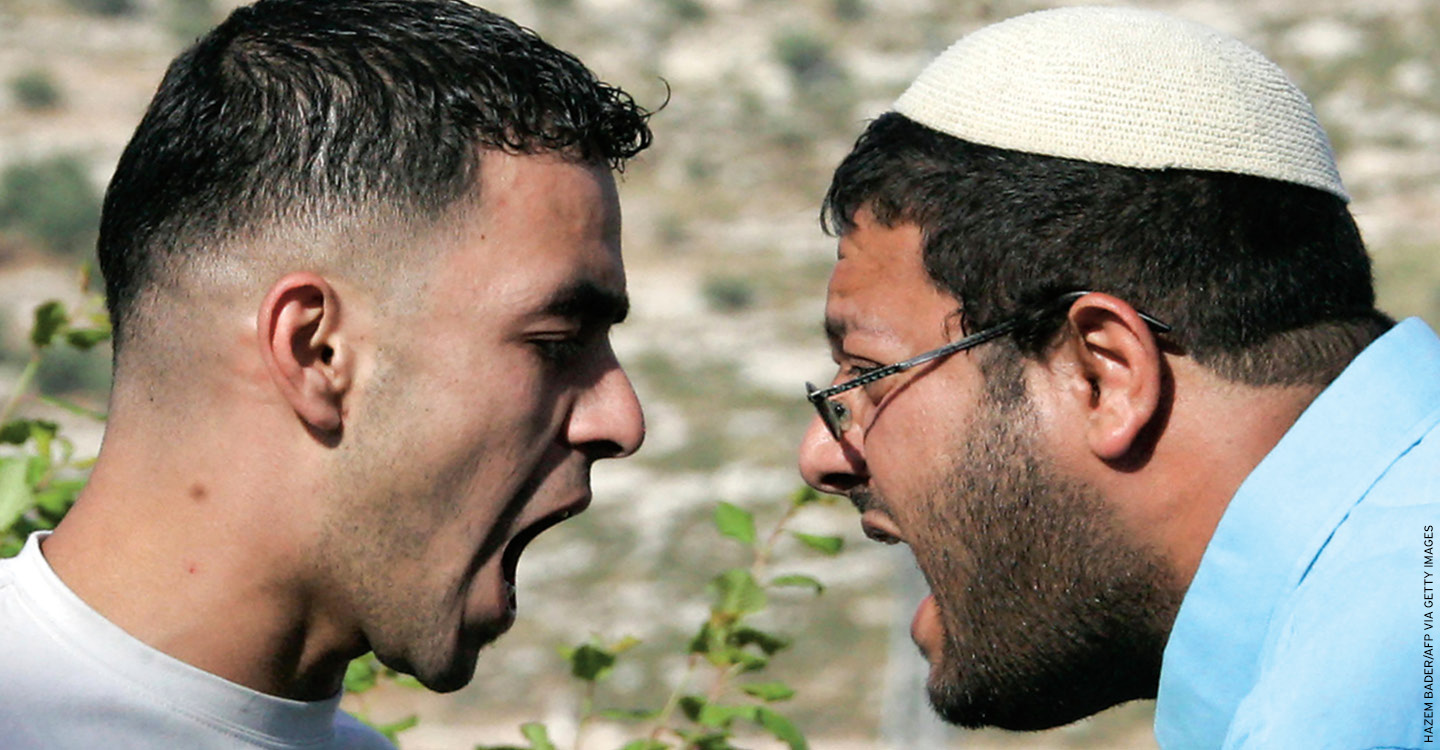In January, the Trump administration unveiled its long-awaited Middle East peace plan. The proposal is the latest in a long string of American attempts at peacemaking in this volatile region.
The peace plan follows a series of actions by President Trump that have upended America’s long-standing approach to the Arab-Israeli conflict. In 2017, Trump recognized the disputed city of Jerusalem as Israel’s capital and moved the U.S. embassy there from Tel Aviv the following year. In November, the U.S. declared that Israeli settlements in the West Bank don’t violate international law—a change that put U.S. policy at odds with most of the world.
Some Israelis, including Prime Minister Benjamin Netanyahu, have applauded the moves and the new peace plan, as have some Americans. But others have criticized them and said they jeopardize prospects for peace. Here’s what you need to know about how the policies might affect the conflict between Israel and the Palestinians.
In January, the Trump administration unveiled its long-awaited Middle East peace plan. The proposal is the latest in a long string of American attempts at peacemaking in this volatile region.
The peace plan follows a series of actions by President Trump that have upended America’s long-standing approach to the Arab-Israeli conflict. In 2017, Trump recognized the disputed city of Jerusalem as Israel’s capital and moved the U.S. embassy there from Tel Aviv the following year. In November, the U.S. declared that Israeli settlements in the West Bank don’t violate international law—a change that put U.S. policy at odds with most of the world.
Some Israelis, including Prime Minister Benjamin Netanyahu, have applauded the moves and the new peace plan. Some Americans have as well. But others have criticized them and said they’ve put prospects for peace in danger. Here’s what you need to know about how the policies might affect the conflict between Israel and the Palestinians.

